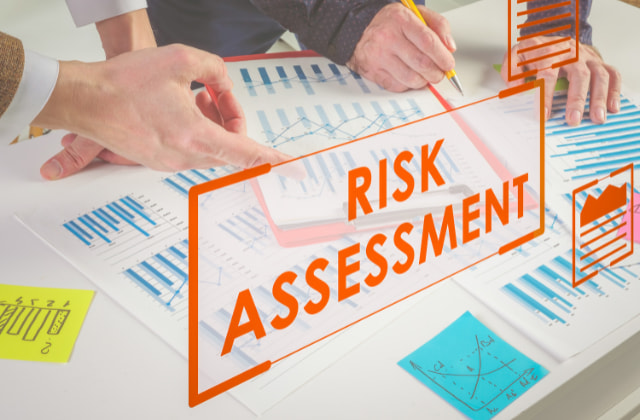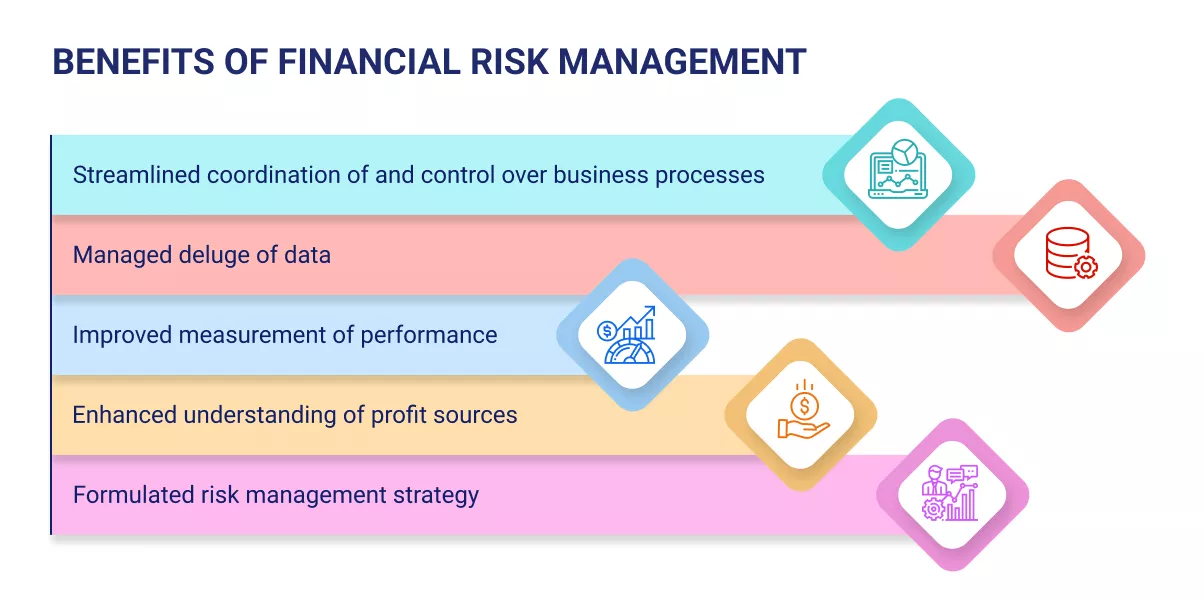The Influence of the Importance of Risk Management on Corporate Governance
The Influence of the Importance of Risk Management on Corporate Governance
Blog Article
Checking out the Importance of Risk Management for Effective Decision-Making Methods
In the elaborate world of business, Risk Management emerges as a critical variable in the decision-making procedure. The ability to recognize prospective dangers and possibilities, and strategize as necessary, can spell the distinction between success and failure. With devices such as SWOT and PESTEL, organizations are outfitted to make educated options, promoting durability and flexibility in an ever-changing atmosphere. Wondering how this works? Allow's unpack the dynamics better.
Recognizing the Concept of Risk Management
Risk Management, an essential part in decision-making, is typically misunderstood or oversimplified. Risk Management entails organized and disciplined strategies, using data and informative evaluations. From financial unpredictabilities, legal liabilities, strategic Management mistakes, to accidents and natural calamities, it attends to various dangers - importance of risk management.
The Role of Risk Management in Decision-Making Processes
In the world of strategic planning and service operations, Risk Management plays an important function in decision-making procedures. Risk Management therefore ends up being an important device in decision-making, assisting leaders to make educated options based on an extensive understanding of the risks involved. Risk Management serves as a crucial element in the decision-making procedures of any kind of organization.

Just How Risk Management Improves Strategic Planning
In the context of tactical planning, Risk Management plays an essential duty. Starting with the identification of potential threats, it better encompasses the application of Risk mitigation actions. The function of Risk Management is not fixed however dynamic, as it requires constant monitoring and adjusting of techniques.
Identifying Possible Dangers

Executing Risk Reduction
Risk reduction techniques can range from Risk avoidance, Risk transfer, to run the risk of reduction. Each approach needs to be customized to the particular Risk, considering its prospective impact and the company's Risk resistance. Efficient Risk reduction calls for a deep understanding of the Risk landscape and the possible effect of each Risk.
Tracking and Adjusting Approaches
Though Risk reduction is a crucial action in calculated planning, continual monitoring and change of these techniques is just Related Site as crucial. This recurring process allows companies to identify brand-new risks and reassess existing ones, making sure the executed approaches remain reliable in the ever-changing business atmosphere. It additionally offers a possibility to assess the success of the Risk Management measures, enabling changes to be made where required, additional improving critical planning. Efficient tracking and change require using analytics and vital performance signs (KPIs) to gauge effectiveness. These tools give important data-driven understandings that can educate strategic decision-making. Surveillance and readjusting Risk Management methods is a crucial element for enhancing a company's strength and critical preparation.
Case Studies: Successful Risk Management and Decision-Making
In the world of organization and financing, successful Risk Management and decision-making usually serve as the pillars of thriving enterprises. These situations highlight the value of sharp Risk Management in decision-making processes. These situations underscore the essential duty of Risk Management in critical decision-making.
Tools and Strategies for Efficient Risk Management
These tools, such as Risk registers and warm maps, aid in determining and examining possible threats. Risk feedback strategies, an essential element of Risk Management, involve approving, staying clear of, moving, or mitigating threats. With these strategies and devices, decision-makers can navigate the complex landscape of Risk Management, therefore helping with notified and efficient decision-making.
Future Patterns in Risk Management and Decision-Making Strategies
As we explore the vast landscape of Risk Management, it becomes apparent that the techniques and devices made use of today will certainly proceed to advance. Future patterns direct in the direction of an increased dependence on modern technology, with expert system and maker knowing playing significant roles. These modern technologies will certainly allow companies to predict potential risks with weblink greater precision and make more informed choices. Furthermore, there will be an expanding focus on durability, not just in taking care of dangers but additionally in jumping back from unfavorable situations. Last but not least, the idea of Risk culture, where every participant of an organization realizes and included in Risk Management, will obtain much more more information prominence. These fads advertise an even more inclusive and positive method in the direction of Risk Management and decision-making.
Verdict

Risk Management hence comes to be an essential device in decision-making, aiding leaders to make educated options based on a thorough understanding of the threats included. Risk mitigation strategies can vary from Risk avoidance, Risk transfer, to take the chance of decrease (importance of risk management). Efficient Risk reduction calls for a deep understanding of the Risk landscape and the potential impact of each Risk. Risk response strategies, a vital part of Risk Management, involve approving, avoiding, moving, or mitigating dangers. The concept of Risk culture, where every participant of a company is aware and involved in Risk Management, will gain extra importance
Report this page